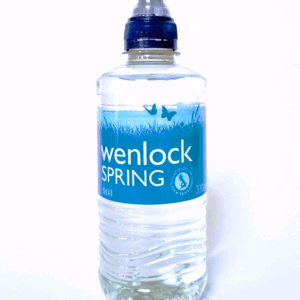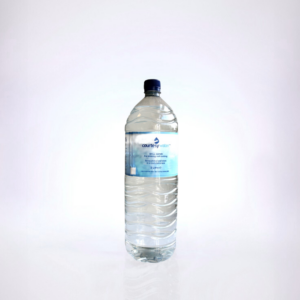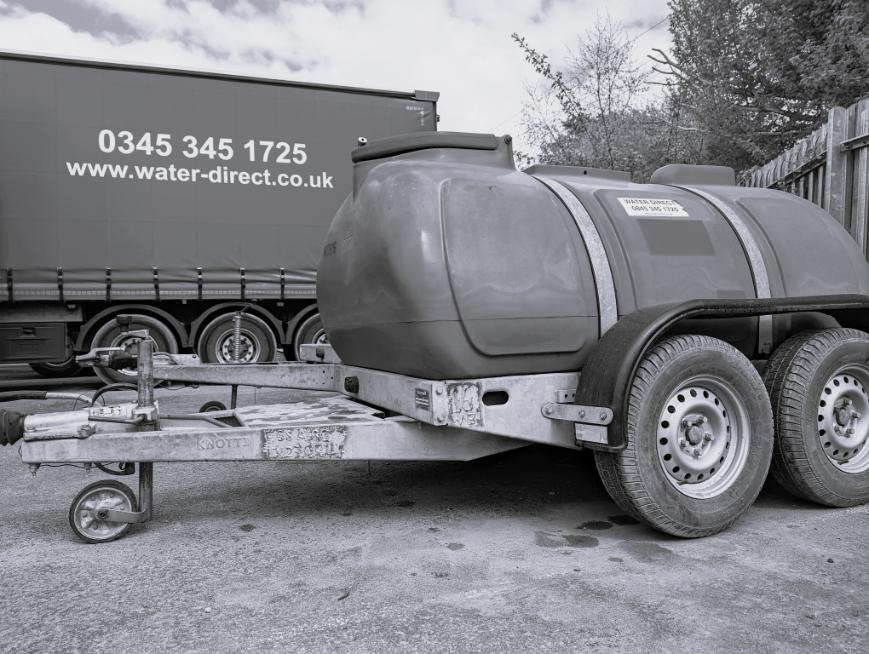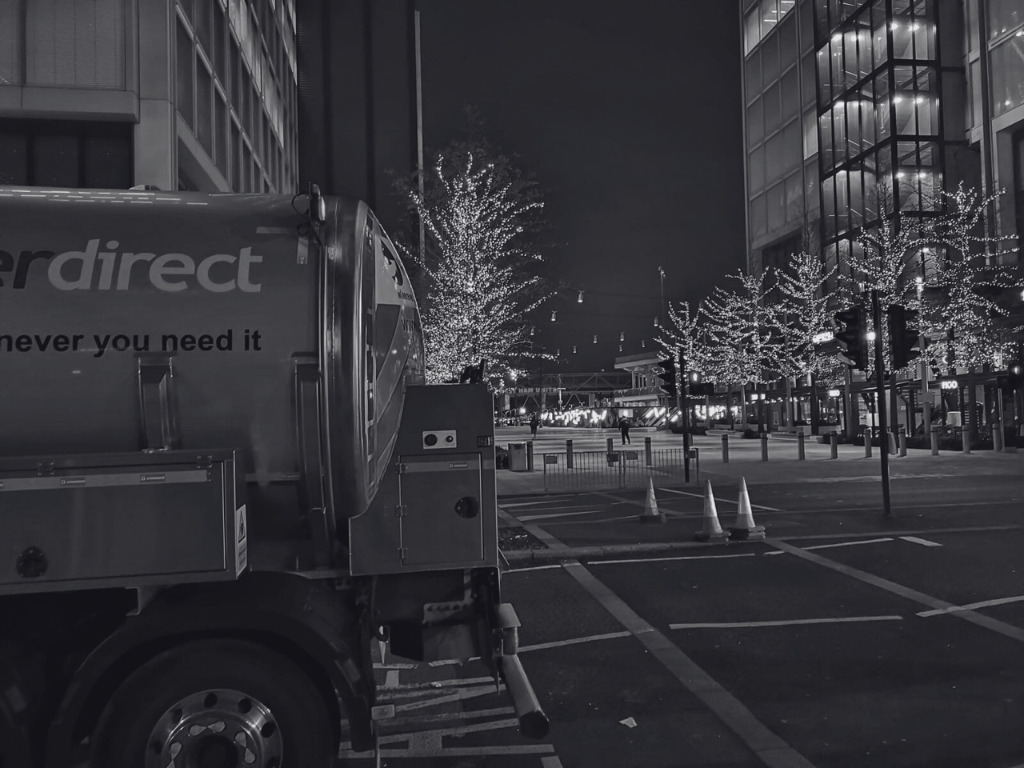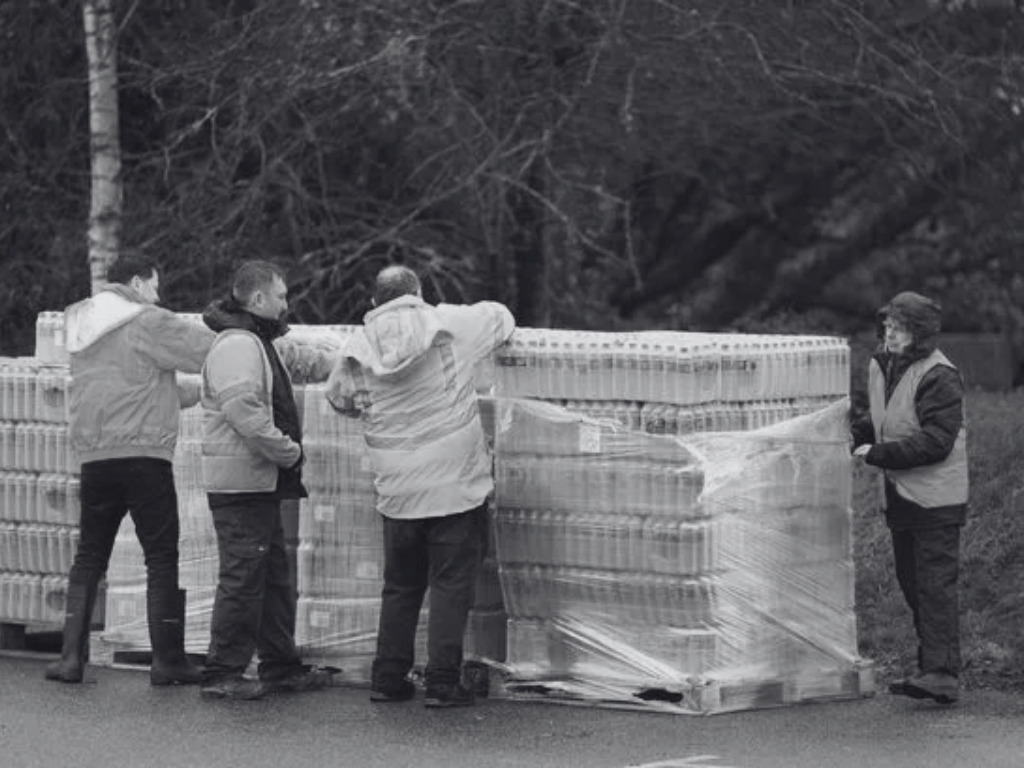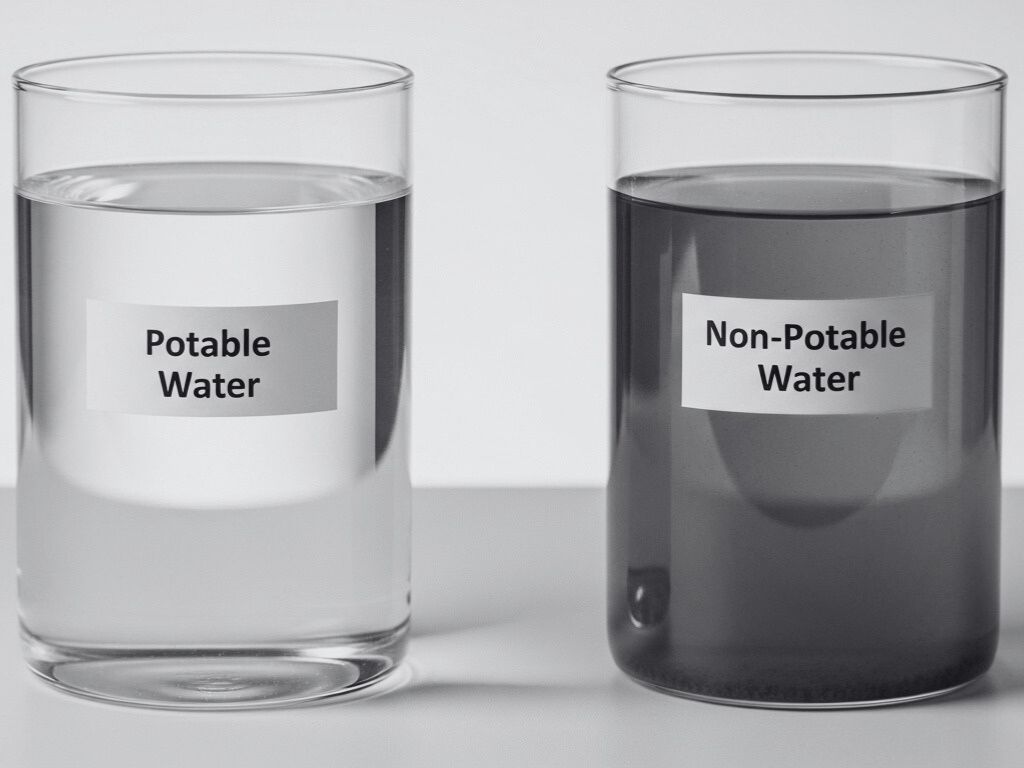
Potable and Non Potable Water: Key Differences, Uses & Storage Guide
Not all water is safe to drink and knowing the difference can make all the difference. Whether you’re dealing with a planned water outage, setting up a construction site, or planning an outdoor event, understanding the distinction between potable and non potable water is essential. It’s not just about safety, it’s also about compliance, efficiency, and cost.
This guide explains what potable and non potable water are, where each type is commonly used, and why choosing the right one is essential for safety and compliance.
What is Potable Water?
Potable water is water that is safe to drink, cook with, and use for personal hygiene. It meets the quality standards set by the UK Drinking Water Inspectorate (DWI), ensuring it is free from harmful contaminants, bacteria, and pollutants.
To be considered potable, water must be:
- Free from harmful bacteria and pathogens
- Low in chemicals like nitrates, lead, and chlorine
- Clear in appearance and taste
Since it’s clean and safe, potable water is needed for lots of important day-to-day activities.
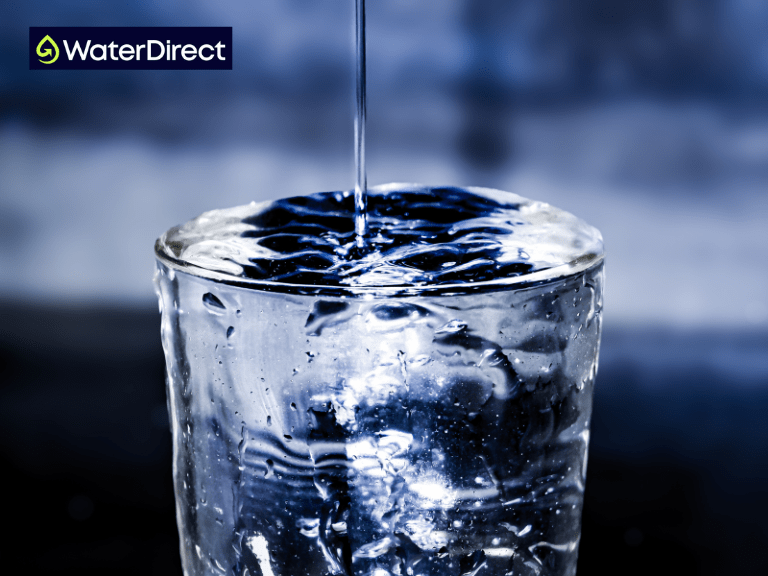
Common Uses of Potable Water:
Potable water is vital in both daily life and emergency planning. Some common uses include:
- Drinking and hydration
- Food preparation and cooking
- Personal hygiene in commercial environments such as site welfare units, temporary accommodation blocks, or event wash stations.
- Hospitality and catering
- Medical facilities, healthcare and assisted living facilities
Businesses operating in remote locations, during outages or infrastructure works, often require alternative potable water solutions.
What is Non Potable Water?
Nonpotable water is water not safe for drinking or direct human contact. While it may be used for industrial, agricultural, or construction purposes, it hasn’t undergone the same rigorous treatment process as potable water.
Non potable water might include:
- Reclaimed water
- Untreated surface water
- Greywater from baths, sinks, or washing machines
- Rainwater (unless properly treated)
It’s typically used where human contact is minimal or avoidable.
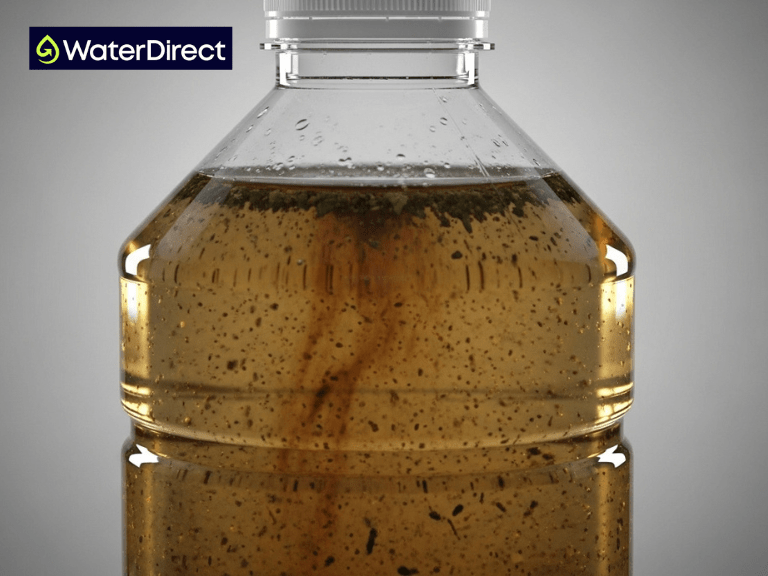
Common Uses of Non Potable Water:
Non potable water plays an important role in sectors where drinking water quality isn’t required. Common uses include:
- Construction site dust suppression
- Flushing toilets
- Irrigation and landscape watering
- Cooling systems in industrial settings
- Street cleaning and vehicle washing
When using non potable water, it’s essential to ensure it’s stored in a clearly labelled non potable water tank, and never connected to drinking water systems to prevent cross-contamination.
Potable vs Non Potable Water: Key Differences
Understanding these differences helps ensure the right type of water is used for the right job, keeping operations safe, efficient, and compliant.
| Feature | Potable Water | Non Potable Water |
|---|---|---|
| Safe for Drinking | Yes | No |
| Treatment Required | Treated to strict standards | Often untreated or partially treated |
| Regulatory Oversight | Highly regulated (e.g., DWI, Water Regs) | Limited or no regulation |
| Common Uses | Drinking, cooking, and hygiene | Cleaning, irrigation, and industrial processes |
| Storage Requirements | Potable water tanks, bowsers | Clearly labelled non potable water tanks |
Why the Distinction Matters
In emergency scenarios like water supply issues, planned outages, or remote site work, understanding whether your water is potable or nonpotable is crucial. Using non potable water where potable water is needed can cause serious health risks.
That’s why many UK businesses, especially during planned works, outages, or remote operations, turn to specialist bottled water delivery services to ensure a safe and compliant drinking water supply when it matters most.
Can You Store Potable and Non Potable Water?
Yes, but they require different storage solutions depending on the intended use.
A potable water tank must be food-grade, tightly sealed, and regularly cleaned to meet hygiene standards and prevent contamination. These are commonly used for event planning, construction, and emergency response, where safe drinking water is essential.
Water Direct supplies a full range of WRAS-approved potable water tanks and bowsers, specifically designed for safe drinking water storage in commercial, industrial, and emergency-use environments.
In contrast, non potable water tanks don’t need to meet food-grade requirements. However, they should still be appropriate for their application, such as being robust for outdoor use or properly connected for irrigation systems. These tanks are suitable for lower-grade tasks like cleaning or dust suppression.
Conclusion
Understanding the differences between potable and non potable water is key to staying safe, compliant, and resource-efficient. Whether you’re managing a water supply during an outage or setting up for a temporary event, knowing the correct water type for your needs helps avoid costly mistakes and health risks.
FAQs
Do I need a potable water tank for drinking water delivery?
Yes. If the water is to be used for human consumption, it must be stored in a WRAS-approved potable water tank to prevent contamination.
Is rainwater considered potable?
Not by default. Rainwater must be properly treated and tested before it can be classified as potable.
Can non-potable water be used for cleaning?
Non-potable water means water you cannot drink. There are many things that you can use non-potable water for. In the workplace, non-potable water is often used for things like cooling machinery, flushing toilets, washing clothes or other materials, cleaning floors, and more.
Share:
